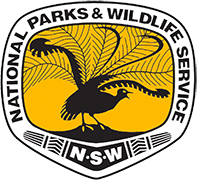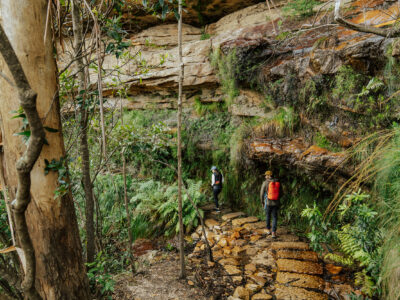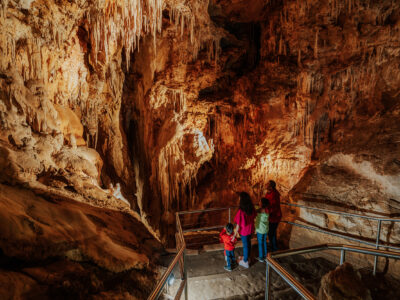There’s no feeling quite like heading out on a hike or a bushwalk with the goal of sleeping along the route. Carrying all that you need on your back and staying at remote campgrounds, or in simple cabins, is one of the most immersive ways to experience NSW national parks – but how do you get the skills?
Making the jump from longer day hikes to overnight or even multi-day hiking adventures opens up a world of possibilities. You might have even seen hikers with larger backpacks on your travels and wondered how they learnt to do a multi-day hike.
Well, it’s probably easier than you think. There are a lot of things to consider, and it can seem overwhelming, but by breaking them up into different elements preparing for your multi-day hike becomes much simpler. You might even have fun!
Here are the main things to consider when planning your journey:
-
Crew
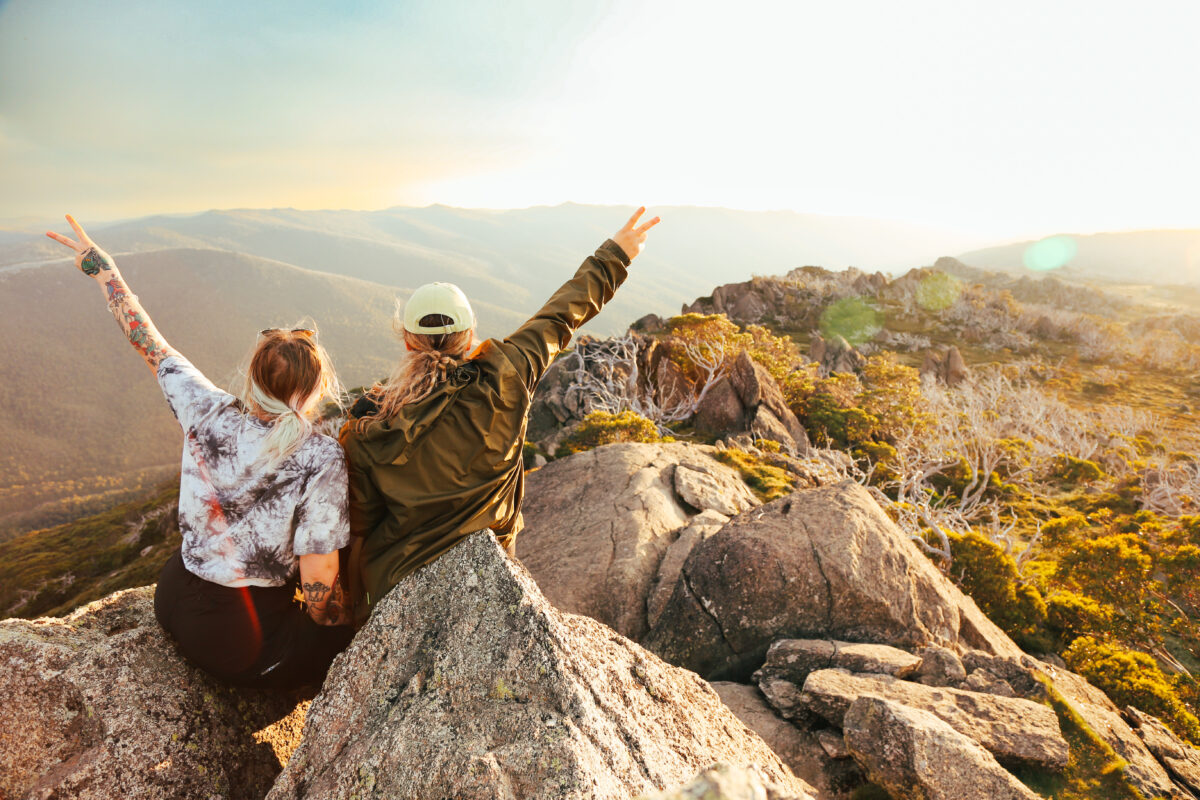
Who’s coming with you? This might seem like a surprising start to the list but it’s actually very important. Multi-day hikes are a team effort and knowing the fitness, experience, and strengths and weaknesses of your group is essential for preparation. It can also save time as different members of your crew can be responsible for the different aspects of planning that we cover in this article.
It’s not recommended to go overnight hiking alone, especially if it’s your first time. From a safety perspective solo hiking is quite risky as no one can help you directly if things go wrong. If you can’t convince anyone you know it’s best to reach out to a local hiking club or guiding company to find your crew.
-
Goals

What does everyone want to get out of the trip? Do they want to hike as far as possible, or spend time birdwatching? Do they want to finish the hike relaxed or feel like they were challenged? Disconnected from the outside world or stocked up on clips for Instagram?
It’s very important that everyone has roughly the same idea in mind before you begin walking. If you don’t it could be a recipe for a bad time for some or all of your group. Don’t worry though, people are often very ready to compromise, it’s just best to talk about it first so you’re all on the same page.
-
Choosing a hike and booking
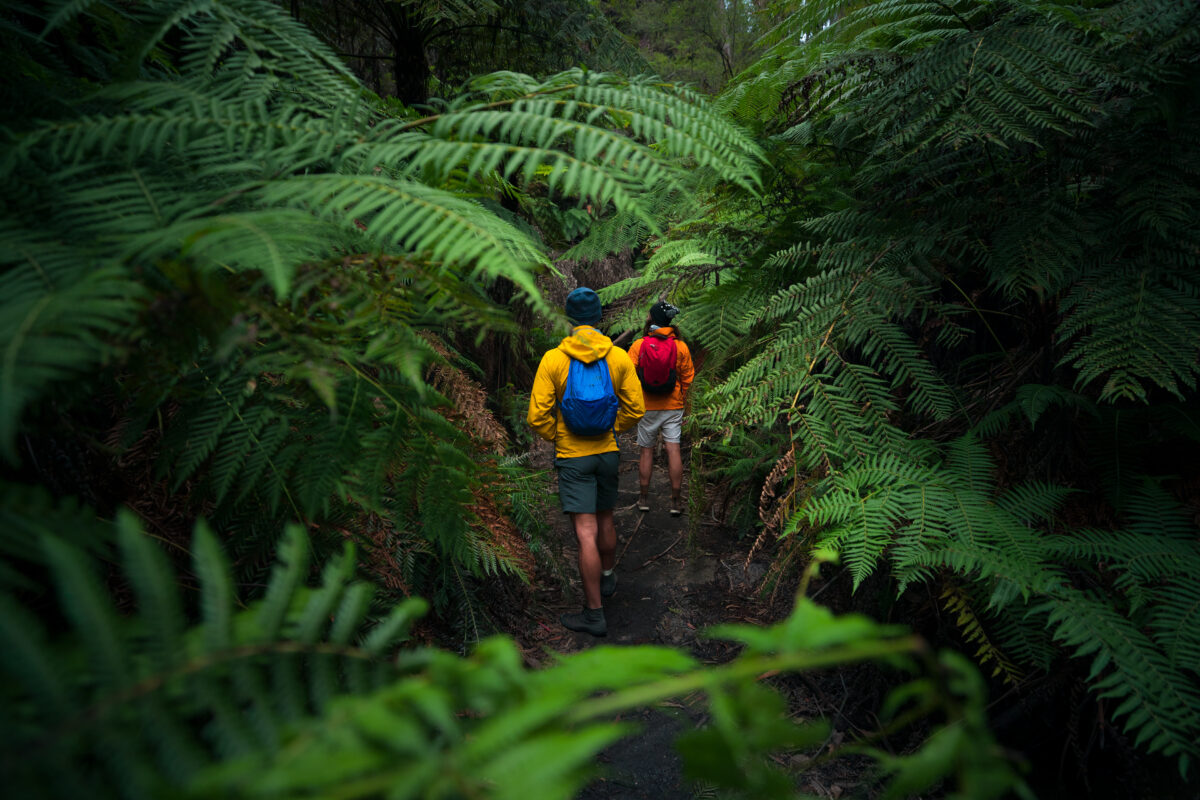
Now you know who’s coming and what the goals of the trip are you can decide on a route. Of course, this could be the first thing you do, but choosing the route first could make things difficult if you’re not an experienced overnight hiker.
Tip: If you want to do a multi-day hike but it looks too hard, do a few shorter and easier multi-day hikes – such as the Tomaree Coastal Walk, to gain experience.
Deciding on a hike might involve looking at the Australian Walking Track Grading System, talking with friends or scrolling around on the NSW National Parks map. Often you have to book campgrounds or even the hike itself, so your next step is to make those bookings early so you don’t miss out.
-
Learning about the hike

Now it’s time to prepare for your hike by researching all of the important details. A bit of logistics really helps and it’s also a fun way to get excited for your multi-day hike.
Each of the five points below is an aspect of overnight or multi-day hiking that you have to prepare for, and most of them change depending on exactly where you’re going. Even experienced hikers do this every time!
1. Route planning
 Photo Information
Photo InformationKarolina Grabowska via Pexels (2021)
You’ll want to start broad and then get more detailed. Start by answering the big questions; how many days is the hike? How many kilometres do you walk each day? How difficult is the trail on each day and how many hours of hiking are recommended? Are there any big things to plan for, like ferry times for a river crossing, transport back to the start, or tides?
Once you have a good idea of the overview it’s best to read some track notes or trip reports. These first hand experiences give you a really good idea of what to expect, and often include great info about the local fauna and flora. Sites like AllTrails, We Are Explorers and Trail Hiking Australia are all good additions to the NSW National Parks website, and Google is your friend.
-
Navigation
You’ll then need to sort out how you’ll navigate the route. Even if the hike is listed as well-signposted it’s always best to take a map in case you do get lost, or to stop it happening in the first place! Physical maps are best and can be bought from most good hiking stores.
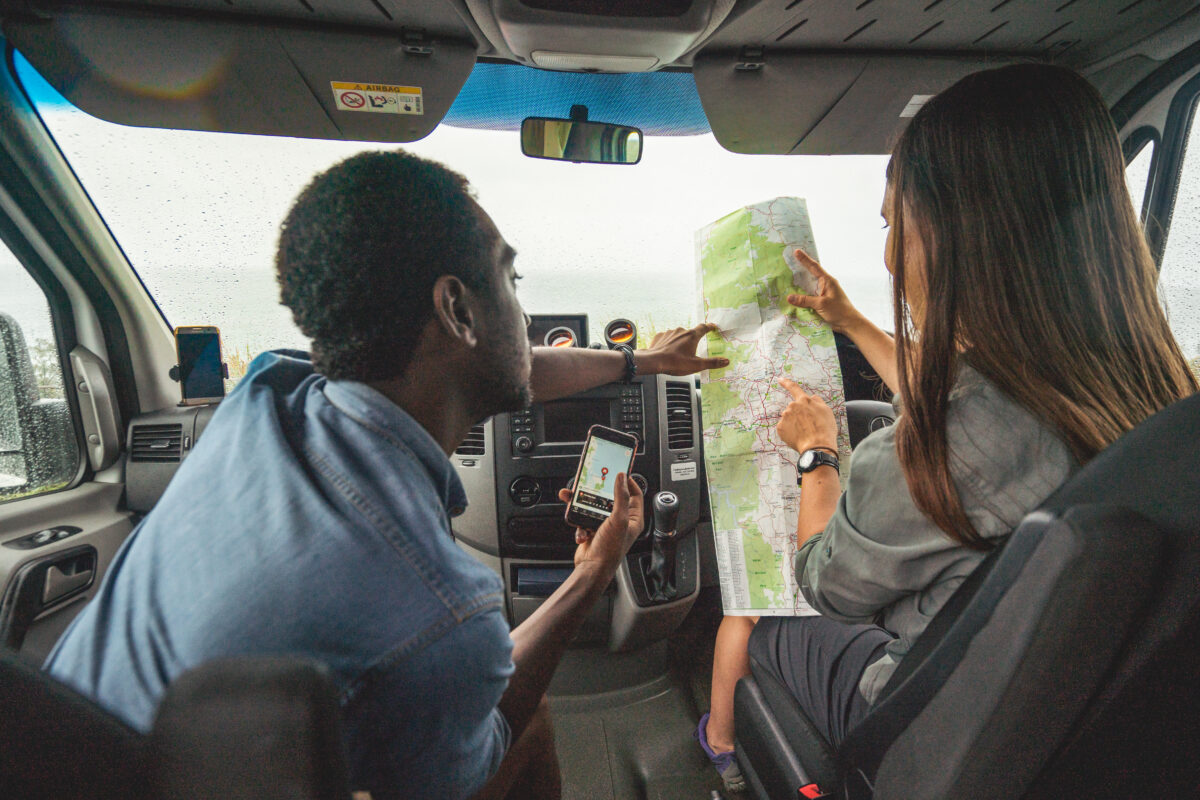
You can also download the NSW National Parks app for offline maps, or use other mapping apps like Avenza Maps, AllTrails or Capra. Google Maps isn’t great for hiking so don’t rely on it!
Navigation tip: Physical maps are most useful when you know how to use a compass. You can learn how to navigate on a course or grab a copy How to Navigate by Blue Mountains bushwalker Caro Ryan.
2. Weather
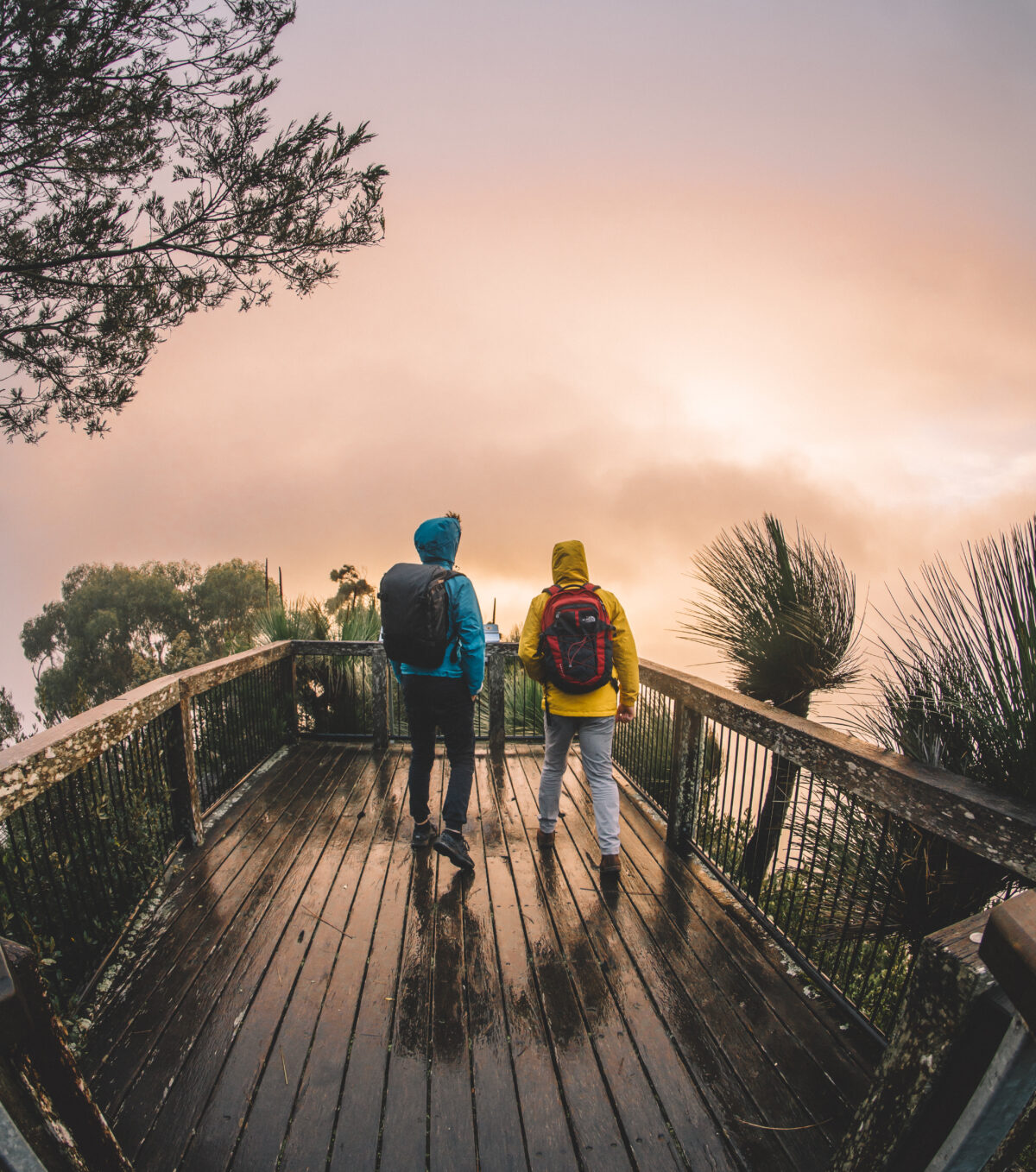
When you’re planning a hike you need to prepare for the weather in two ways. The first is understanding the climate where the hike is located. What time of year is it? How likely is rain and is it going to be very cold or hot?
Know your weather. Know your risk: understand how weather works and how you can prepare for it and stay safe with info from the weather experts at the Bureau of Meteorology (BOM)
It’s important to be aware of microclimates too. Areas of high elevation, like Kosciuszko National Park or even Blue Mountains National Park, can be significantly colder than areas at sea level. Outback areas such as Sturt National Park might be hot during the day, but become freezing overnight.
Preparing for the climate allows you time to ensure you have the items you need, such as a warm sleeping bag, breathable waterproof jacket, or even a good broad brim hat.
Ranger Tip: You lose roughly 1 degree of temperature for every 100m you move above sea level. A 20 degree day in Sydney might be 10 degrees in Katoomba in the Blue Mountains.
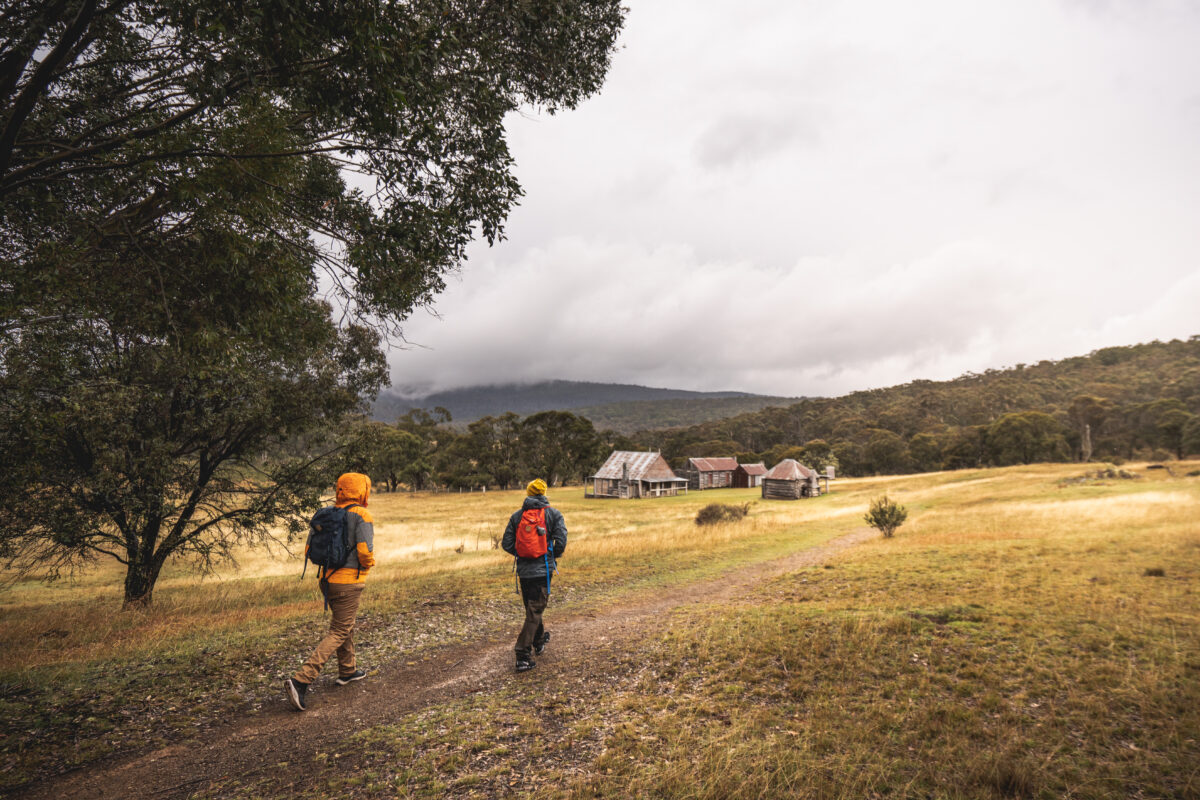
The lead up to the hike is when you’ll start to really pay attention to the weather forecast. In particular look out for storms, heat waves, and extreme wind (or waves if you’re walking on the coast). A bit of rain is normal and rarely a reason to postpone a hike.
If you’re worried at all, just call the office for the national park you’ll be visiting. They’ll have the on-ground and most up-to-date forecasts for the weather, and advice on how it will affect the route you’re intending to walk.
3. Safety

Photo InformationJohn Spencer / DPE (2019)

Photo InformationJohn Spencer / DPE (2019)

Photo InformationJohn Spencer / DPE (2019)
Multi-day hiking is generally a safe activity, but there are some risks that come from being out in nature, and you are often far from help if something (even something simple) goes wrong.
A few small things can make your adventure a lot safer, do these before you start your hike:
-
Let people know what you’re doing
Tell a few people who aren’t coming on the hike where you’re going, who’s with you, and when you expect to be finished and back in phone reception. These people can help raise the alarm if you’re not back in time.
-
Fill out a trip intention form
Fill out a trip intention form online this captures important details about your hike / trip, and can be shared with NSW Police in an emergency. Your trip details will also be sent to your nominated person/s, with instructions on how to contact NSW Police if you don’t return on time.
-
Take a personal locator beacon
Many multi-day hikes go where there is limited or non-existent phone reception, sometimes even places that feel close to civilisation, like a deep valley, will have no service. Personal Locator Beacons (PLBs) are devices that can send out a distress signal in an emergency using satellites and allow emergency services to locate you.
If you don’t want to buy one, NSW National Parks have 13 locations where you can hire a PLB free. If you’re going to do this, you won’t need to fill out a Trip Intention Form, as you’ll do so when you pick up your PLB.
-
Set a backup date
Set a possible back up date when you begin planning your hike. This will make it easier to postpone the hike if things aren’t right, and help you to avoid unnecessary risk.
-
Pack a first-aid kit
A good first aid kit can help reduce the impact of injuries and accidents, but only if you know how to use it! It’s best to do a wilderness first aid course to give you the best chance of helping in an emergency, and it will also give you a good idea of what to pack in yours.
Ranger Tip: Think before you TREK is a useful acronym to help you safely plan your hike. Here’s what it stands for.
4. Water
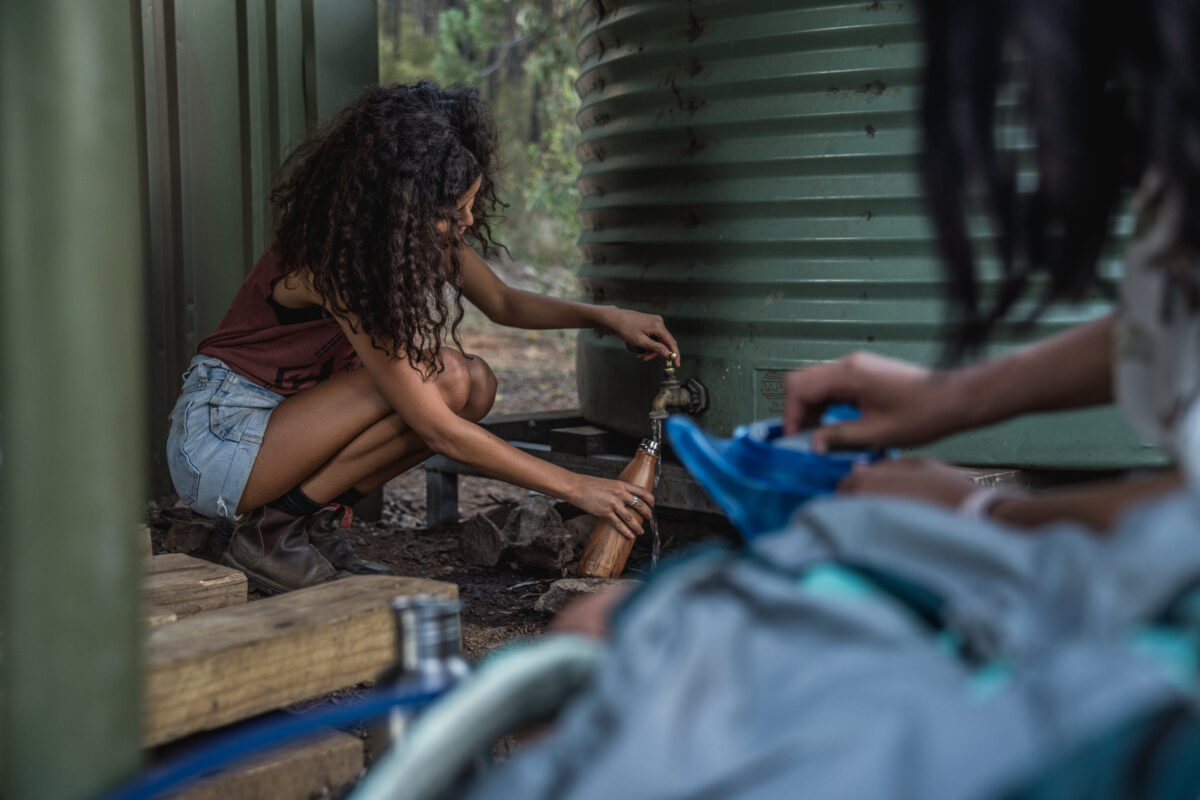
The main questions to ask when you’re thinking about water ahead of your multi-day hike are:
- Where can I refill my water?
- Do I have to treat or purify the water?
- How much do I expect to use each day (for drinking and cooking)?
How much water you’ll actually need to drink is very dependent on conditions and your personal preference, it’s best to get a gauge of this by practising on day hikes. Take a cautious approach, it’s always better to carry too much water than too little. Two litres is the minimum, while in very hot weather you might need 500mL to 1 Litre every hour.
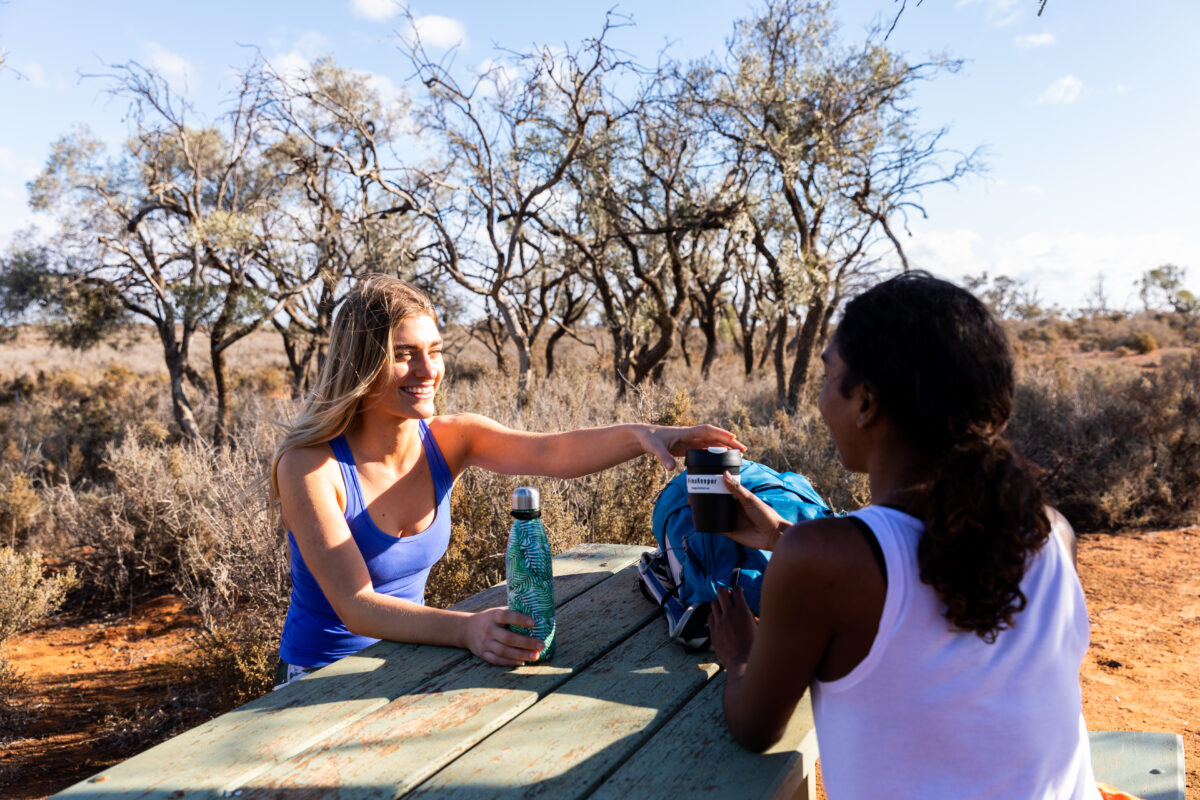
Hydration tablets or powder can be particularly effective in hot weather at replacing the electrolytes you lose when you sweat. Did you know they can also help you absorb water more quickly? This might mean you don’t need to drink as much to feel satisfied.
It’s also important to take high-quality water bottles or hydration bladders, you don’t want them to break out there. When you’re buying something to store your water, think about how easy it is to open and drink, this will mean you drink more often and don’t risk dehydration.
5. Food
The food you pack is one of the things that changes the most when you move from day hikes to multi-day hikes. This is because the weight starts to add up and it has to be non-perishable – you don’t want to risk getting sick. As you bring this with you, it’s less affected by the specific hike you’re doing, you just need to make sure you have enough.
It’s best to write out all of the meals you’ll eat (breakfast, lunch, dinner, snacks) on each day to get an idea of which food items could contribute to multiple meals. Lightweight options like freeze-dried and dehydrated meals are particularly good as they save water weight and won’t go off – you can find them at good hiking and camping stores.
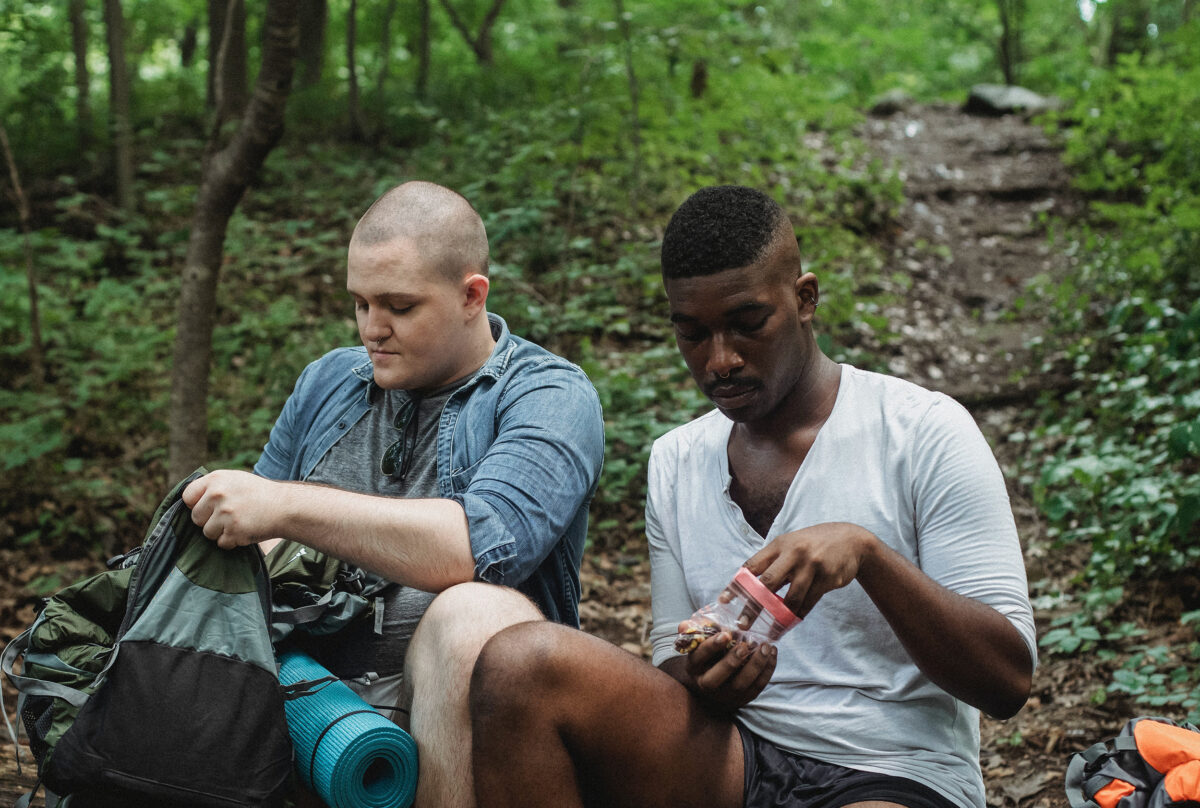 Photo Information
Photo InformationKamaji Ogino via Pexels (2018)
When you’re choosing hiking food it’s important to keep it balanced like you would at home. Eating chips all day might sound fun, but a good mix of protein, carbohydrates, and fats, will keep you walking all day and feeling good.
It’s also a good idea to pack a few extra food items for emergency use. Some muesli bars and a dehydrated meal usually work well for this purpose.
Ranger Tip: Take a resealable bag for your rubbish so it doesn’t mess up the rest of your pack.
-
-
Rubbish
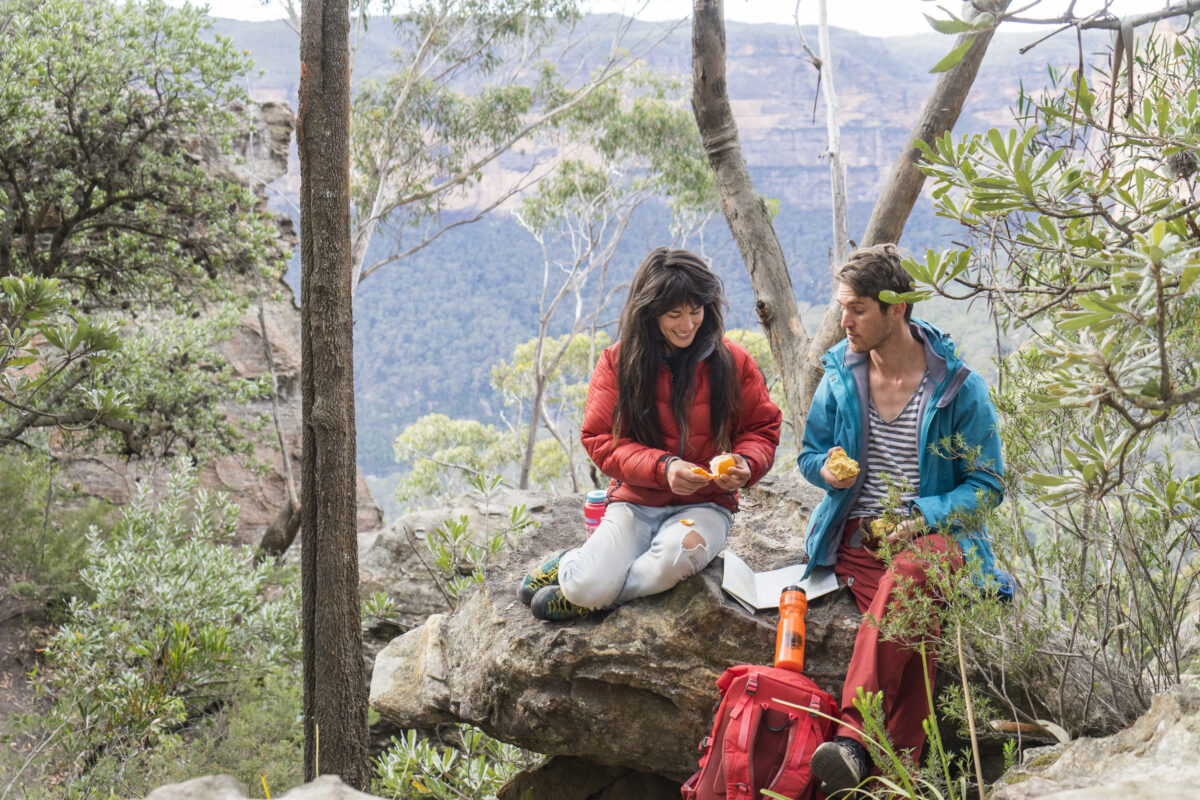
Pack it in, pack it out, that’s the multi-day hiking motto. You won’t find bins on your hike so it’s important to plan ahead for rubbish. The best solution is usually a large ziplock bag, or a drybag with a plastic bag inside it, to ensure bin juice doesn’t leak into your backpack.
Ranger tip: Please don’t try to burn or bury rubbish, it never works and it ruins the natural environment you’ve come to enjoy. Follow the leave no trace principles to leave the bush as you found it.
To make life easier, leave any packaging you don’t need at home and plan your meals well so you don’t have much (or any) food left over. Food, whether left out or left over, can attract native animals, so make sure you pack it all away and seal it up before you go to bed.
Help us keep wildlife wild: more on why human food is the worst thing for our native wildlife.
-
Toileting
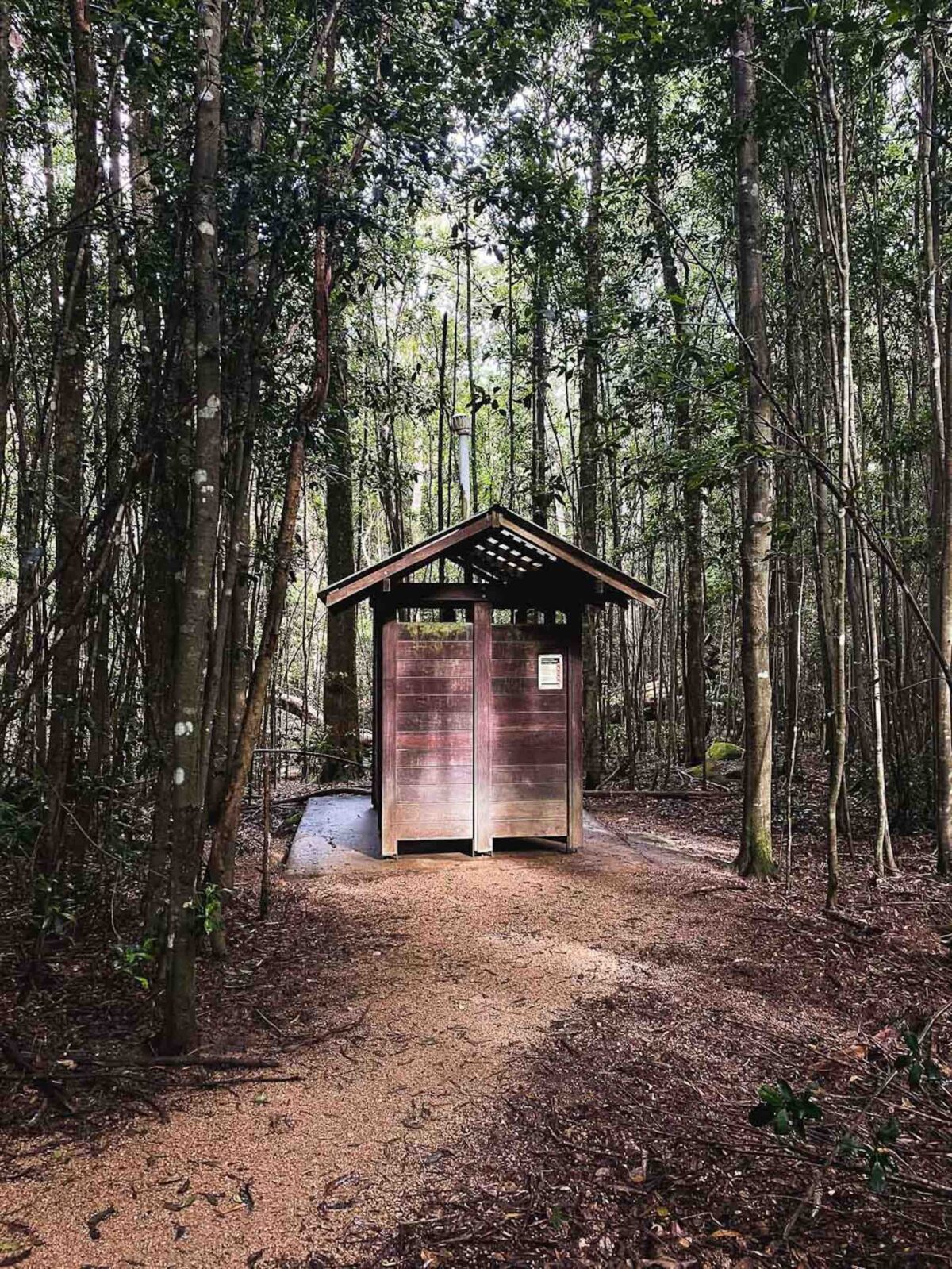
Lucky last, how do you go to the toilet on a multi day hike? The best option is to plan ahead and use provided toilets at campgrounds. Bring your own toilet paper and hand sanitiser as this won’t always be provided.
Carry everything out: to protect our unique environments – such as the backcountry, alpine zones in Kosciuszko National Park, you’ll need to pack out your waste entirely from the wilderness.
If you really can’t carry out your waste, then dig a hole, make sure it’s at least 15cm deep, 100m from water, and you cover it back up and stomp down the dirt when you’re done. You must pack out toilet paper, sanitary pads, tampons and condoms because they don’t biodegrade. Bring strong resealable bags for this purpose and a larger drybag or tube to carry it in.
-
How to choose hiking gear
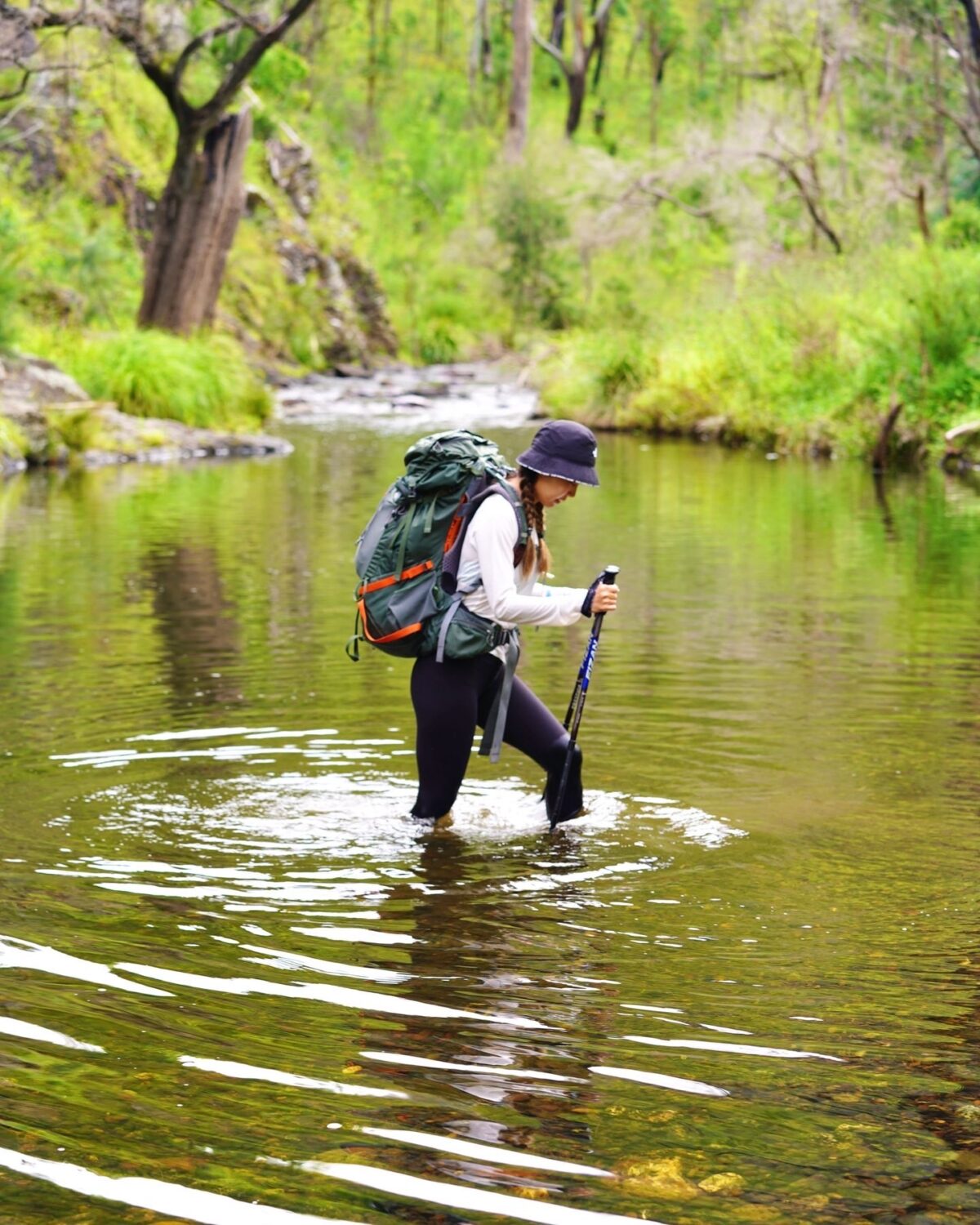 Photo Information
Photo InformationOxley Wild Rivers National Park
Sue Kang / DPE (2023)
Now that you’ve prepared for your hike and you’re across the basics you’re in the perfect position to think about your hiking gear. Hiking clothing and equipment is often lightweight and durable, but there are many decisions to make depending on your requirements and personal preference.
Read our article on: Choosing hiking gear for a multi day hike for some tips on where to start!
Have fun!
Overnight and multi-day hiking is one of the best ways to experience NSW National Parks and you’re sure to have a memorable experience on routes such as the Murramarang South Coast Walk or The Green Gully track. By taking the time to prepare, learn, and ask questions about the hike you’re doing, you’re setting yourself up for the first of many great journeys.
If you’re still unsure about what to do your best bet is to join a local hiking group or tour where you can get practical experience and training from a volunteer or guide.
